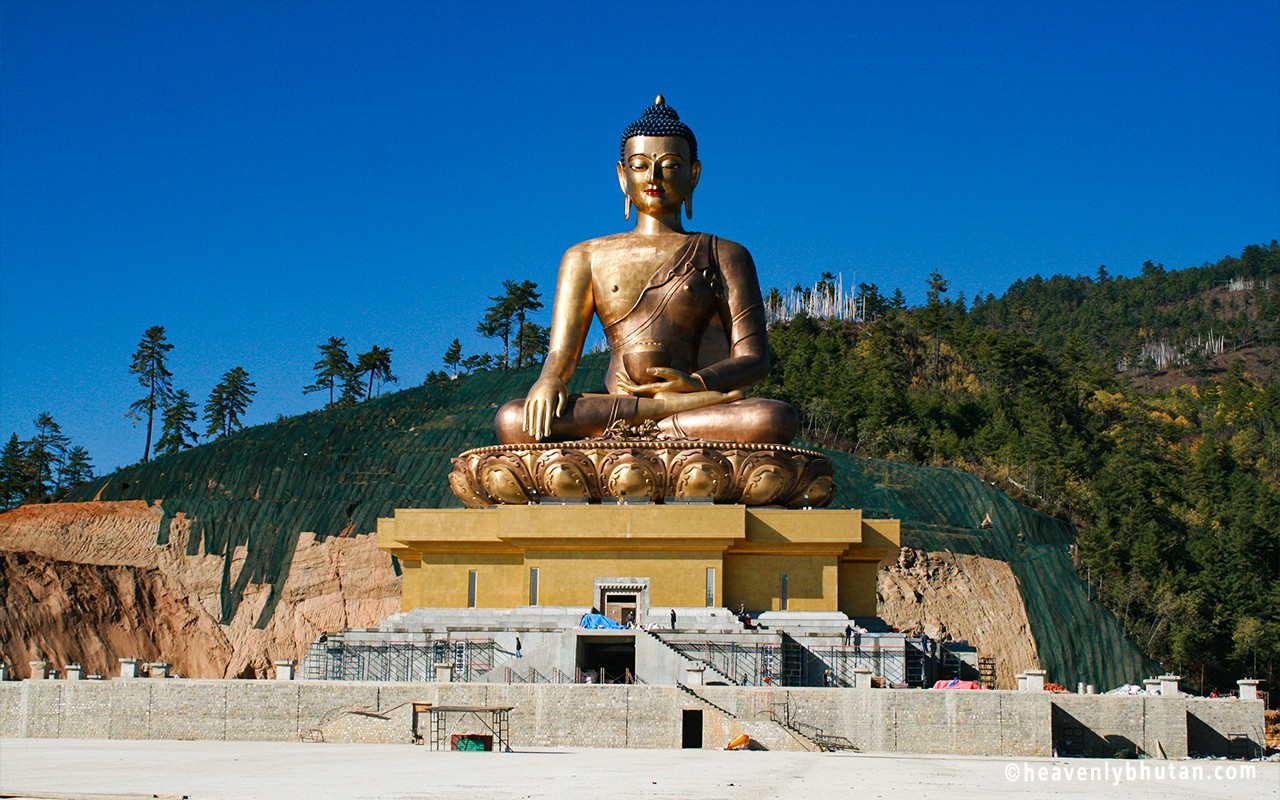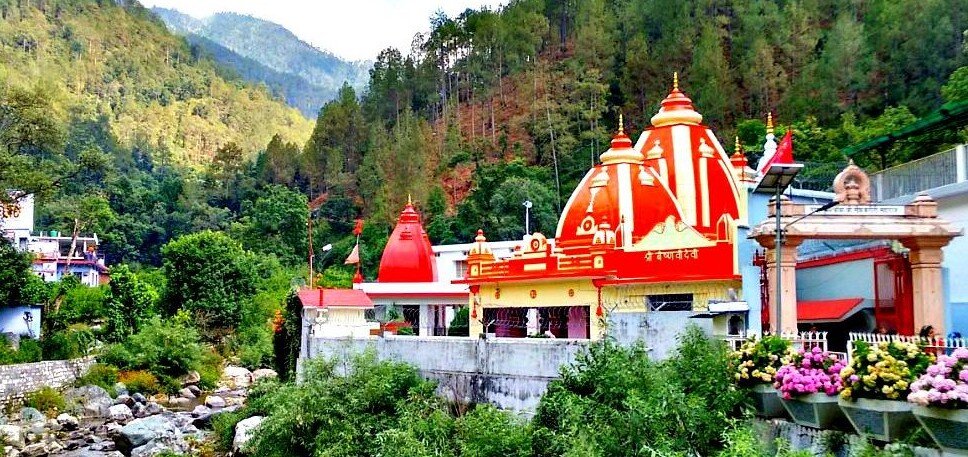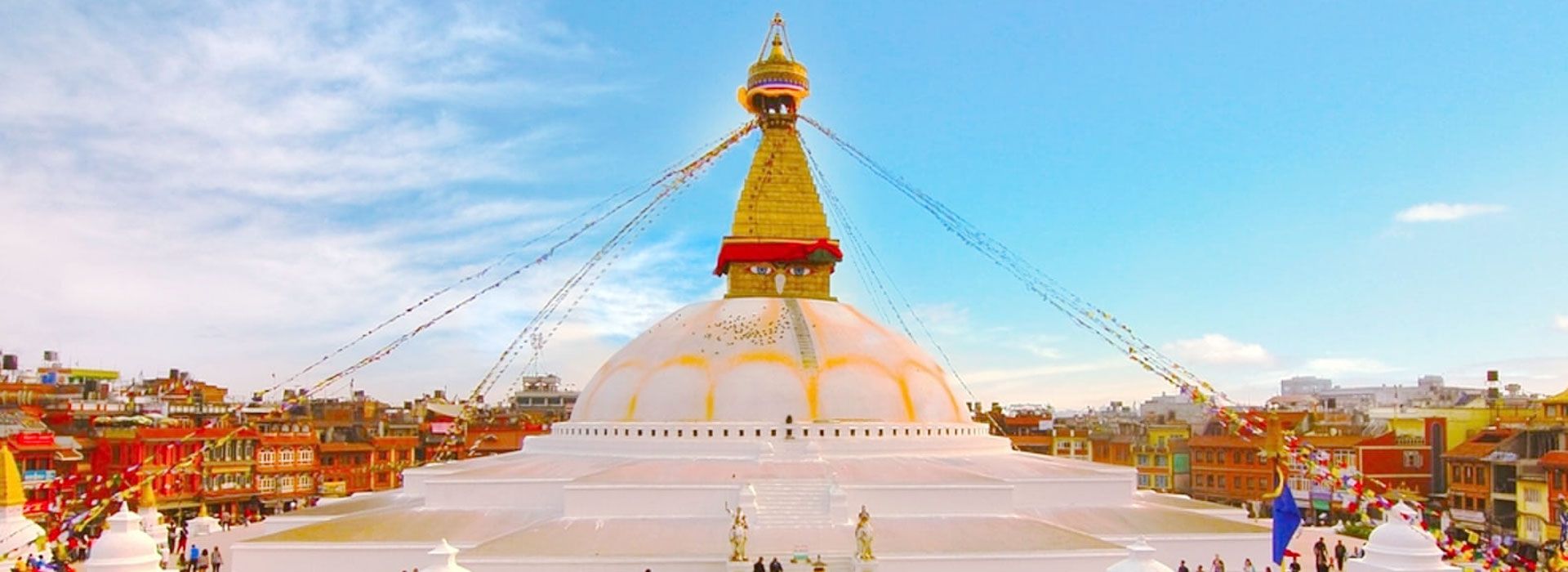Overview
The Pokhara is best known for the stunning view of the Annapurna range. It is perhaps one of the few places on earth from where mountains above 6,000 m. Its pristine air, the spectacular backdrop of the snowy peaks of the Annapurna Range and the serene Phewa, Begnas and Rupa Lakes. Fewa Lake, the second largest lake in Nepal. Muktinath Temple” in Nepal has been a site of great spiritual importance for both Hindus and Buddhists. Also known as “Muktishetra”, the place of salvation, thousands of pilgrims from around the world visit this place for spiritual enlightenment & inner awakening. The place is called Muktinath because it is believed that Lord Vishnu Murthi, Goddess Sri Devi, and Bhoo Devi gave Jeevan Mukthi here. Muktinath is one of the eight holy sites famous for worshiping Lord Vishnu; Swayambhu Kshetras or Divya Kshetra.
Itinerary
Arrival on Nepal Airport terminal you will be welcomed by our staff standing with your name-card and transferred to your hotel by the private vehicle. There will be a small meeting about the trip in the evening.
After breakfast, drive to Pokhara, visit Manakamana temple on the way.
Manakamana Temple: The temple rests on a 1300-meter hill, west of the city of Kathmandu. Like many other hill top temples, Manakamana Temple also overlooks the Marshyangdi and Trishuli rivers. On a clear day pilgrims can catch breathtaking views of the Annapurna, Himalchuli and Manaslu peaks.
Phewa lake: Phewa Lake, Phewa Tal or Fewa Lake is a freshwater lake in Nepal formerly called Baidam Tal located in the south of the Pokhara Valley that includes Pokhara city; parts of Sarangkot and Kaskikot. The lake is stream-fed but a dam regulates the water reserves, therefore, the lake is classified as semi-natural freshwater lake. It is the second largest lake in Nepal; the largest in Gandaki Province after the Rara lake in the comparison to Nepal's water bodies. It is the most popular and most visited lake of Nepal. Phewa lake is located at an altitude of 742 m and covers an area of about 5.7 km². It has an average depth of about 8.6 m and a maximum depth of 24 m. Maximum water capacity of the lake is approximately 43,000,000 cubic metres. The Annapurna range on the north is only about 28 km away from the lake. The lake is also famous for the reflection of mount Machhapuchhre and other mountain peaks of the Annapurna and Dhaulagiri ranges on its surface. The Tal Barahi Temple is situated on an island in the lake. It is located 4 km from the city's centre Chipledhunga. Overnight at the hotel.
Today you will take an early morning flight to Jomsom from Pokhara. Check-in at the hotel in Jomsom and later drive to Muktinath by private jeep. The distance between Jomsom and Muktinath is around 23 km, which takes around 1-2 hours to drive to reach the vehicle station in Muktinath. Explore the sacred site, witness the religious practices, and take a holy bath in the 108 waterspouts and a purifying dip in two ponds around the temple premises.
Muktinath: The temple is situated in the Annapurna Conservation Area and is considered as a holy place for pilgrims from all over the world. The temple is dedicated to Lord Vishnu, one of the principal deities in Hinduism, and is believed to be one of the eight sacred places of Hinduism. Buddhists also consider it as an important place of worship, as Guru Rinpoche, is believed to have meditated at Muktinath. The temple is surrounded by snow-capped mountains. Get back to home. Overnight stay in Jomsom.
Meals: Breakfast.
Breakfast at the hotel.
Bindabasini Temple: The Bindhyabasini Temple is the oldest temple in the city of Pokhara, Nepal. It is regularly attracts a large number of locals, Nepalis from across the country and foreigners alike. The main temple is devoted to goddess Bindhyabasini, a Bhagawati who is the incarnation of Kali. There are smaller temples of goddess Saraswati, Shiva, Hanuman, Ganesha in the premises. The temple is situated atop a small hill and can be accessed via stone staircases on the East and North East. The views of the Himalayas from the North of the temple are breathtaking while from the South one can see the expanse of Pokhara city.
Devi’s Falls: Devi's Falls is a waterfall located at Pokhara in Kaski District, Nepal. The water forms a tunnel after reaching the bottom. This tunnel is approximately 500 feet long and runs 100 feet below ground level. On 31 July 1961, a Swiss couple went swimming but the woman drowned in a pit because of the overflow. Her body was recovered three days later in river Phase with great effort. Her father wished to name it "David's falls" after her daughter's name but changed to Devi's Fall. Its Nepali name is Patale Chango, which literal meaning is Patale Ko Chango means "Underground's Waterfall". This is one of the most visited places in Nepal. After exiting the tunnel, the water passes through a cave called Gupteshwor Mahadev Cave or "cave beneath the ground”.
Gupteshwor Cave: Gupteshwor Mahadev Mandir is a cave temple dedicated to Lord Shiva near the place where Seti River emerges from underground. A self-emerging Shiva Lingam was found in the 3 km long cave during the 16th century. Apart from the holy temple, the long, deep and dark cave offer an excellent opportunity to explore the natural wonders in its truest form.
Sarangkot: Early morning wake up to see sunrise from Sarangkot. From the far north to the far south, including the Phewa Lake, Sarangkot peak provides a panoramic view of Pokhara. Tourists drive up the hill to see the sunrise from the top of the hill's view tower. Sarangkot provides a relaxing and admiring the breathtaking views of the mountains on one side and Phewa Lake on the other.
Breakfast at the hotel.
World Peace Stupa: The World Peace Pagoda, also known as Shanti Stupa, is a prominent Buddhist monument situated on a hilltop overlooking the Phewa Lake in Pokhara, Nepal. It is a symbol of peace and a popular tourist attraction in the region. The pagoda was constructed by Japanese Buddhist monks and was inaugurated in 1999. Its purpose is to promote peace and harmony in the world and to commemorate the thousands of lives lost during the Second World War. The location offers panoramic views of the Annapurna Mountain range, Phewa Lake, and the Pokhara valley, making it a popular destination for both pilgrims and tourists.
Shiva Statue: Shiva statue called the "Shiva Statue of Pokhara". This statue stands at a height of 143 feet (43.5 meters) and is one of the tallest statues of Lord Shiva in the world. It is located in the Siddha Cave area, overlooking the city of Pokhara and the surrounding mountains. The statue was constructed by the Siddha Baba Foundation and was inaugurated in 2010. It has since become a significant landmark and a popular tourist attraction in Pokhara. The serene atmosphere around the statue, coupled with its impressive size and the panoramic view it offers, attracts visitors from all over the world.
After breakfast, fly to Kathmandu. Reaching upon Kathmandu, visit Chandragiri hills via cable car. Evening time free on your own for local shopping.
Chandragiri: Chandragiri Cable Car is a popular tourist attraction located in Kathmandu, Nepal. It offers visitors a scenic ride to the top of Chandragiri Hill, which provides panoramic views of the Kathmandu Valley and the surrounding mountains, including the Himalayas. The cable car ride provides a convenient and breathtaking way to reach the hilltop, where there are various attractions and activities for tourists, such as a viewpoint tower, a temple, a park, and hiking trails.
Breakfast at the hotel.
Pashupatinath Temple: Pashupatinath Temple is a Hindu temple dedicated to Lord Pasupathi, and is located in Kathmandu, Nepal near the Bagmati River. This is currently the largest temple in the world. This temple was classified as a World Heritage Site in 1979. This "extensive Hindu temple precinct" is a "sprawling collection of temples, ashrams, images and inscriptions raised over the centuries along the banks of the sacred Bagmati river", and is one of seven monument groups in UNESCO's designation of Kathmandu Valley. It is built on an area of 246 hectares and includes 518 mini-temples and a main pagoda house. The temple is one of the Paadal Petra Sthalams on the continent.
Boudhanath Stupa: Bouddha, also known as Boudhanath, Khasti Chaitya and Khasa Chaitya is a stupa in Kathmandu, Nepal. Located about 11 km from the center and northeastern outskirts of Kathmandu, its massive mandala makes it one of the largest spherical stupas in Nepal and the world. The influx of large populations of refugees from Tibet has seen the construction of over 50 gompas around Boudha. As of 1979, Boudha Stupa is a UNESCO World Heritage Site. Along with Swayambhu, it is one of the most popular tourist sites in the Kathmandu area. The stupa is on the ancient trade route from Tibet which enters the Kathmandu Valley by the village of Sankhu in the northeast corner and continues to the ancient and smaller stupa of Chabahil named Charumati Stupa.
Swayambhunath: Swayambhu is an ancient religious complex atop a hill in the Kathmandu Valley, west of Kathmandu city. The Tibetan name for the site means 'Sublime Trees', for the many varieties of trees found on the hill. However, Shingkun may be of in Tamang Bhasa name for the complex, Swayambhu, meaning 'self-sprung'. For the Buddhist Newars, in whose mythological history and origin myth as well as day-to-day religious practice Swayambhu occupies a central position, it is probably the most sacred among Buddhist pilgrimage sites. For Tibetans and followers of Tibetan Buddhism, it is second only to Boudha. Swayambhu is the Hindu name.
Breakfast at hotel and transferred to the airport for final departure.
Inclusions
- 3 night stay in Kathmandu.
- 3 night stay in Pokhara.
- 1 night stay in Jomsom.
- Pokhara – Jomsom – Pokhara flight - Economy Class.
- Pokhara – Kathmandu by flight- Economy Class.
- Muktinath permit charges.
- Visit to Manakamana Temple.
- City tour of Pokhara.
- Visit to Muktinath Temple.
- Pokhara Sightseeing- Bindabasini Temple, Devi’s Falls, Gupteshwor Cave.
- Pokhara Sightseeing - Sarangkot, World Peace Stupa, Shiva Statue.
- Visit Chandragiri Hills via cable car - Kathmandu.
- Kathmandu Sightseeing - Pashupatinath Temple, Boudhanath Stupa and Swayambhunath.
- Return airport transfers in Kathmandu.
- Domestic airport transfers as per itinerary.
- All government taxes, VAT, Tourist Service charges and official expenses.
Exclusions
- International Airfare to/ from Nepal.
- Temple and monastery entry permit fees.
- 5% GST
- Early Check in / Late Checkout subject to availability.
- Tips, drinks, personal expenses and any services not mentioned in the program.
- Surcharges will apply on hotel block out dates like Christmas, New Year & so on.
Payment Policy
- If booking is 30 days in advance from the travel date: Advance of 15% of the package cost required
- If booking is between 30 days to 15 days in advance from the travel date: Advance of 30% of the package cost is required
- If travel is within 15 days of the travel date: We will require 100% payment.
Cancellation Policy
- If booking is 15 days before the travel date: 100% refund for Domestic Packages.
- Between 15 days to 1 Day before the travel date: 100% cancellation on Domestic Packages.





